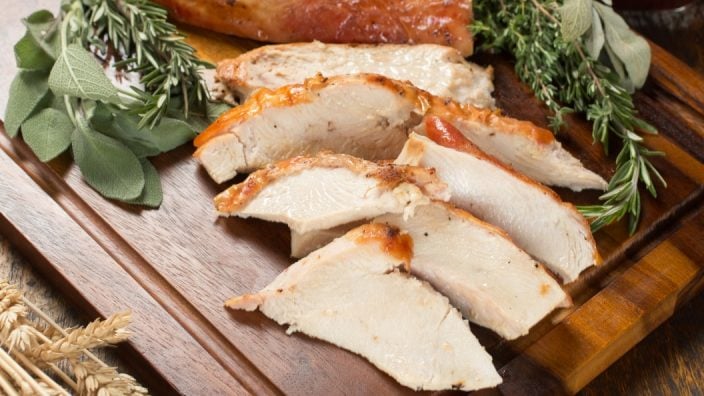Applications for Ohio Farm Bureau Health Plans now available
Members have three ways to apply: contacting a certified agent, calling 833-468-4280 or visiting ohiofarmbureauhealthplans.org.
Read MoreHas 2020 been a wild ride or what? In school instruction or remote learning, masks or no masks, essential work or being paid to stay home, testing lines or voting lines, one thing remains the same — most Americans will eat turkey on Thanksgiving.
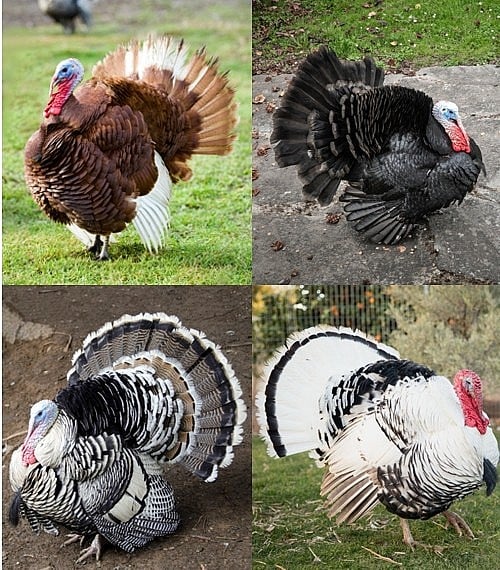 Did you know that nearly 20% of the turkeys raised this year, approximately 44 million, will be on Thanksgiving tables in two weeks? Of the 222 million turkeys raised this year, the majority come from six states. Minnesota is the top producer with 39 million, followed by Arkansas with 31 million, North Carolina with 30 million, Indiana with 20 million, Virginia with 16.3 million and Missouri with 16 million. Ohio didn’t make the top six, but still contributes by raising 5.9 million turkeys annually.
Did you know that nearly 20% of the turkeys raised this year, approximately 44 million, will be on Thanksgiving tables in two weeks? Of the 222 million turkeys raised this year, the majority come from six states. Minnesota is the top producer with 39 million, followed by Arkansas with 31 million, North Carolina with 30 million, Indiana with 20 million, Virginia with 16.3 million and Missouri with 16 million. Ohio didn’t make the top six, but still contributes by raising 5.9 million turkeys annually.
How do farmers and processors meet this huge, one-day demand? How will they compensate for this year’s demand for smaller birds? U.S. farmers and processors provide turkey and turkey products for consumers year-round. Meeting the holiday season demand is greatly aided by frozen storage.
The largest and most commercially raised turkey in the U.S. is the Broad-Breasted Whites. They are very efficient growers, converting feed to white breast meat in the shortest possible time.
There are also 13 recognized heritage turkey breeds commonly raised in the U.S. The hens (females) range in weight from 10 to 20 pounds, while the toms (males) average 16 to 30 pounds.
Bourbon reds are noted for their beautiful red plumage and were first bred in the 1800s in Bourbon County, Kentucky. They also are considered one of the best-tasting breeds.
Originally from Rhode Island, Narragansett turkeys were the staple of the New England states.
The smallest of the heritage breeds is the Royal Palm. Because of its size, it is generally not grown commercially for meat production, but for exhibition. They are a beautiful bird with black and white plumage.
A relatively new breed is the Midget White, which was developed in the 1960s by researchers at the University of Massachusetts. They are a cross of Royal Palm and Broad-Breasted Whites and known for their deep, delicious flavor.
Beltsville Small Whites were developed in the 1930s and are about the same size as the Midget Whites, but with wider breasts. They are prolific layers and not very social compared to other breeds.
White Hollands were originally bred in Holland and migrated with early settlers to the colonies. These calm birds are the biggest of the heritage breeds.
Standard Bronze turkeys have been the most popular turkey in American history. They were originally a cross between the turkeys brought to the colonies by Europeans and the native wild turkeys of America.
The final breed is called a Black, sometimes called Black Spanish or Norfolk Black turkeys. This breed was domesticated from Mexican wild turkeys brought back to Europe by the first Spanish explorers who visited the New World.
As this year’s holiday season approaches and this crazy year comes to an end, remember that there is always something you can be thankful for. For starters, let’s thank the turkey farmers and processors who plan ahead so that we all can have a turkey for our Thanksgiving celebrations.
Submitted by Mary Smallsreed, a member of the Trumbull County Farm Bureau, who grew up on a family dairy farm in northeast Ohio.
OFBF Mission: Working together for Ohio farmers to advance agriculture and strengthen our communities.
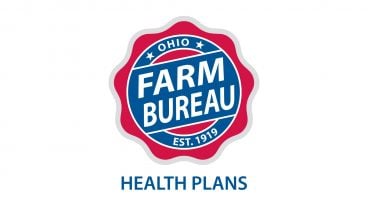
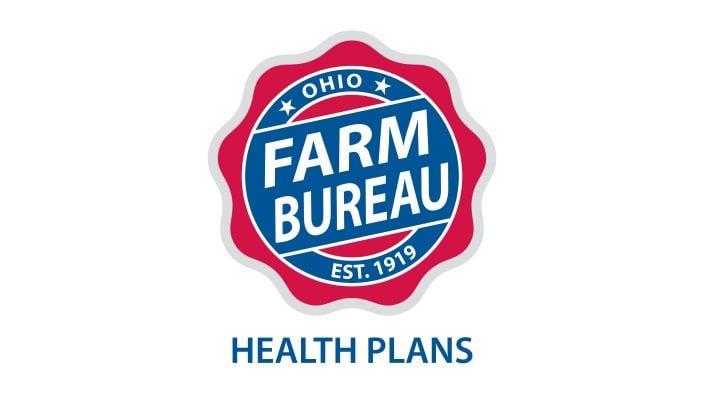
Members have three ways to apply: contacting a certified agent, calling 833-468-4280 or visiting ohiofarmbureauhealthplans.org.
Read More

Ryan Hiser has experienced first-hand the importance of having the opportunity to vote on issues that will affect his family operation and other farmers.
Read More
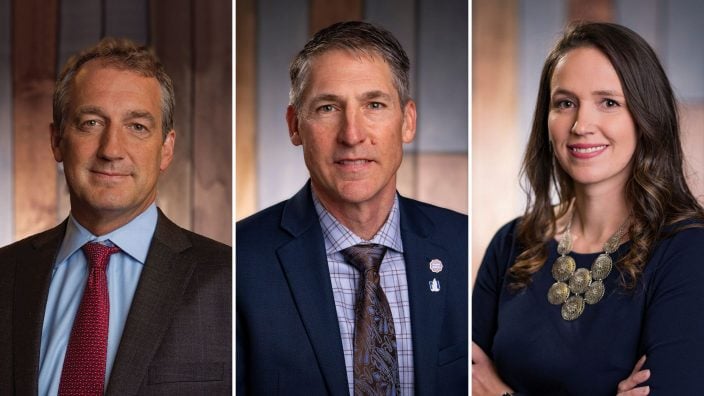
Bill Patterson, Cy Prettyman and Adele Flynn will continue to serve as officers for Ohio Farm Bureau Federation.
Read More

Delegates discussed many topics impacting agriculture including farmland preservation, local foods, and succession planning.
Read More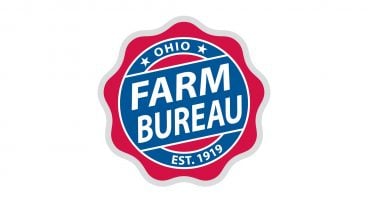
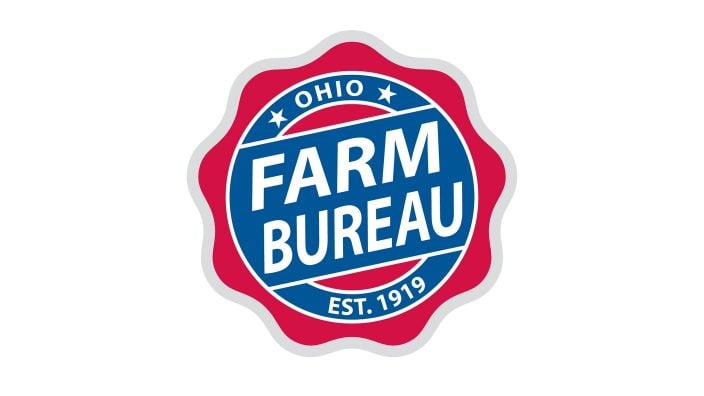
Twenty-six farmers govern the state’s largest farm and food organization.
Read More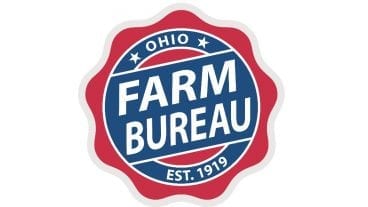
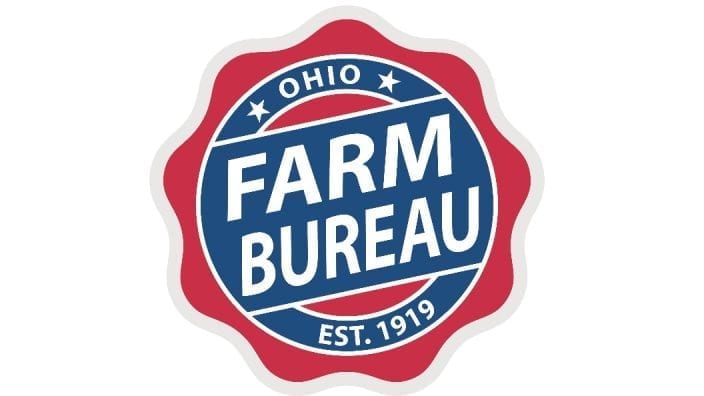
The 2025 recipients are Fred Cooke (posthumous) of Richland County, Marvin Dietsch of Williams County, Steven Knollman of Hamilton County and Michele Miller (posthumous) of Ottawa County.
Read More
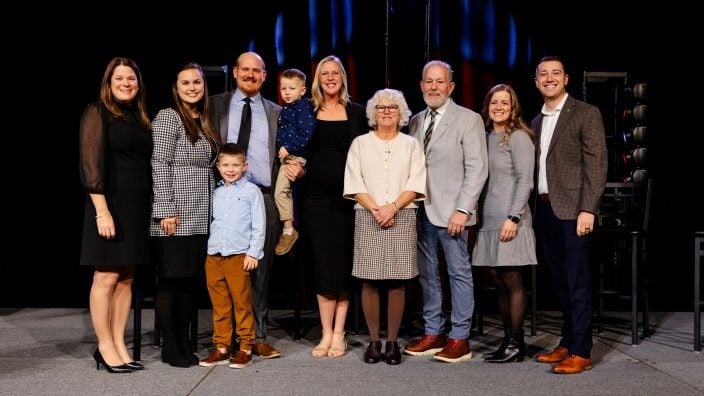
Nathan and Jill Parriman grow seasonal crops, including Christmas trees, pumpkins and cut flowers, providing U-cut experiences that invite customers to engage directly with agriculture.
Read More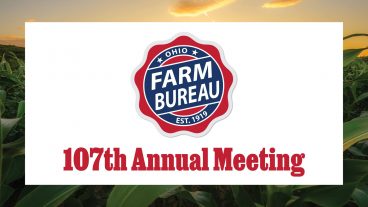
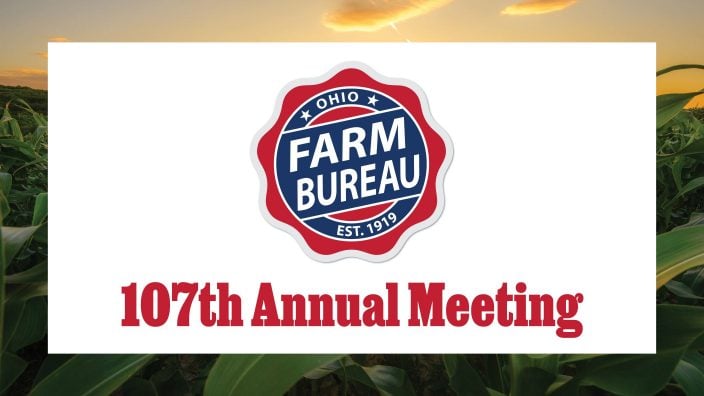
The 2025 Distinguished Service Award recipients are Craig Adams, Mike Townsley, and Kellogg Farms, Kurt Farms and Stateler Family Farms.
Read More

Ohio Farm Bureau Treasurer Adele Flynn participated in the meeting, representing Ohio farmers.
Read More

For Ohio and PJM region, the outlook is reassuring—ample reserves and strong planning should keep the power on.
Read More